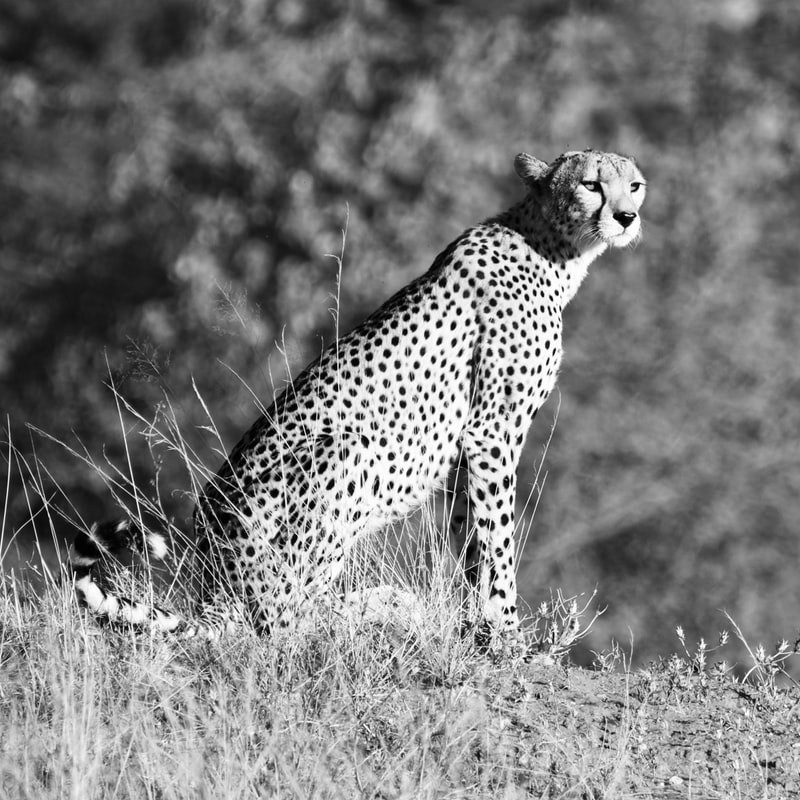
In this day and age, it is quite common to hear the term "endangered species". Why not? In the advent of human-caused climate change, there will always be news about animals that, if not completely driven to extinction, are reduced to a limited population. But what exactly is an endangered species? We know that the big cats in Africa are endangered, so are the elephants, and some species of birds and plants but what makes them endangered? Scientists have been debating about the qualifications for being endangered since the classification is not always obvious.
The first thing that will probably come to mind regarding the qualification of becoming an endangered species is the number of population in the wild. That is, perhaps, correct to some degree. But how do we determine whether or not a species is no longer endangered? A quick answer to the question of what is an endangered species would be a species of plants or animals at the risk of extinction. Risk. What exactly are the risks? This is where it starts to become chaotic. The definition of the risks is not exactly in black and white. The risks of extinction increase as a species are driven to extinction from its natural range. For instance, most mammals have been extinct in their historic range because of human activities.
With this in mind, the question of identifying endangered species transformed into a more complex question: How much loss should a species endure before it is agreed that the species is deserving of special protections for the betterment of its survival? This is the question John Vucetich of the Michigan Technological University and his colleagues handed out to 1,000 representatively sampled Americans and the result of this mini-survey is published in Environmental Research Letters.
According to Vucetich and his team, about three-quarters of the respondents said an endangered species deserves special protection if it is already driven to extinction in more than 30% of its historic range. Some people in the survey didn't quite agree and were rather welcoming of losses. The results show the demographic: the percentage that is accepting of the loss are those who are a bit unknowledgeable about the environment and the advocates for gun rights.
It is interesting to see how Vucetich and his team saw an alignment of attitudes of the American people regarding the United States Endangered Species Act or the law which prevents species endangerment in the country. This law defines and endangered species as plants or animals "in danger of extinction throughout all or a significant portion of its range."
A law that protects our endangered species -- we're off to a good start, right? Not quite. According to Vucetich and his team, government decision-makers tended to agree with the scientists when they consult them regarding what counts as an acceptable risk and loss. Scientists, for their part, would explain triggers for endangerment in very different terms. Experts and decision-makers are also more accepting of risks and losses because both groups believe greater protection will be expensive. Vucetich and his team are quite confused because if a large percentage of the American public understands the consequence of the losses, why can't government officials and scientists? Vucetich and his team point out that it is largely because of the fact that the law allows for two separate judgments: first, is the species endangered, and second, can the American people afford to provide the necessary protection?
According to Vucetich, keeping these judgments separate is crucial because making a case that requires more funding and effort is not helped by experts and decision-makers. Vucetich quotes a prior study done by Jeremy Bruskotter from Ohio State University for another possible explanation. In that study, Bruskotter and his team showed that experts offer judgments about the possible endangerment of the grizzly bear based not on their independent judgment but on the basis of what they think their colleagues' judgment would be regardless if it is right or wrong.
So basically, the future of the population of some of the species of plants and animals are stuck on technicalities. However, regardless of their preferred explanation, Vucetich and his colleagues believe that the best answer to the question of "what is an endangered species" is a synthesis of facts and values. There is quite a cause for concern when decision-makers do not reflect the values of their constituents.
© 2025 ScienceTimes.com All rights reserved. Do not reproduce without permission. The window to the world of Science Times.











